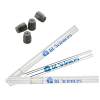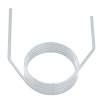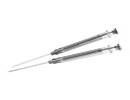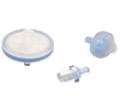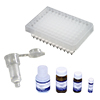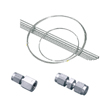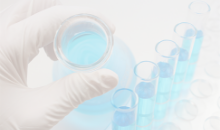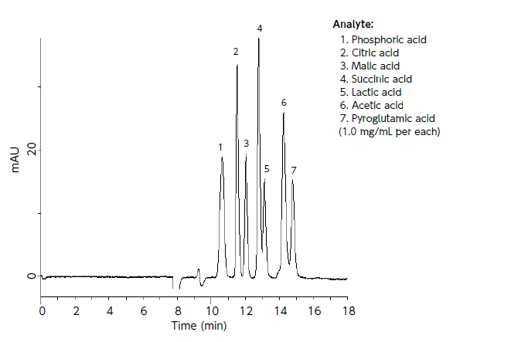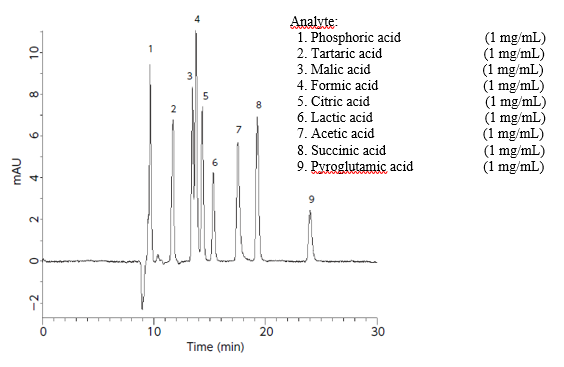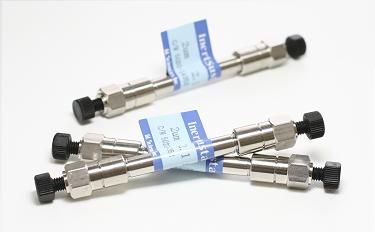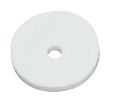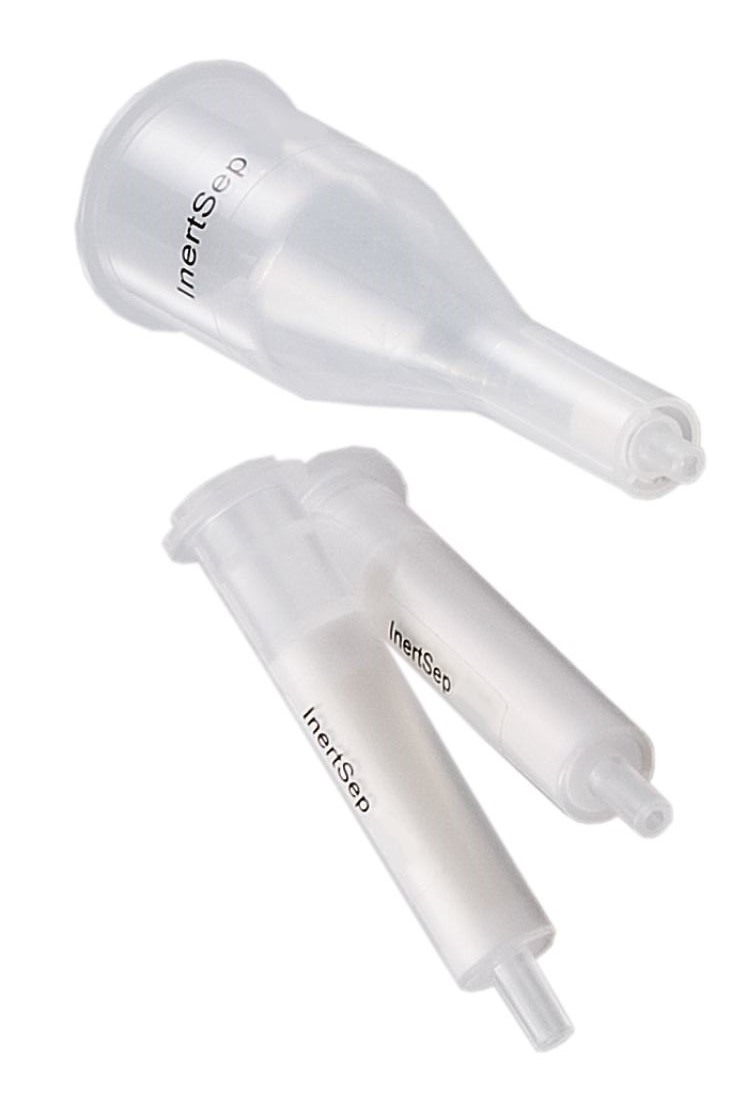Food additives are those used in the production of foods, such as preservatives, sweeteners, colorants, and flavorings, or for the purpose of processing and preserving foods. The Ministry of Health, Labour and Welfare has been evaluated for the safety of food additives by the Food Safety Commission and has established specifications for ingredients and standards for their use only in cases where there is no risk of harming human health. The Food Sanitation Law establishes standards for use, manufacturing standards, and ingredient specifications.
Although it is not a food additive, there is growing interest in hazardous substances contained in resin and other raw materials used in food packaging, which are used in food production, from the perspective of direct contact with processed foods.
GL Sciences provide methods and product information that contribute to analytical methods related to food additives.
Analysis of Preservative
Analysis of Sweeteners
Organic Acid Analysis by BTB Indicator (1)
In the analysis of organic acids, many post-column reaction systems are used to increase the selectivity of detection by utilizing the color change of BTB reagent only when the target component is eluted from the column.
Organic Acid Analysis by BTB Indicator (2)
This application also uses the BTB method, but the separation conditions are different from "Organic acid analysis by BTB indicator (1)". This is used when the peak of the target compounds overlap with contaminants under the conditions of "Organic acid analysis by BTB indicator (1)".
Analysis of Vitamins B1 and B2
Example of Reference Standard Analysis of Vitamin B1
Thiamin separated on ODS columns reacts with potassium ferricyanide under alkaline conditions to produce the fluorescent thiochrome, which is selectively and sensitively detected using a fluorescence detector.
Example of Vitamin B2 Reference Standard Analysis
Because riboflavin is a natural fluorescent substance, it selectively and sensitively detected using a fluorescence detector after separation on an ODS column.
Silica Monolith Trap Material
Monolithic structure with continuous pores (through pores), high purity silica gel with pores in the silica skeleton and high surface area. This is an innovative trapping agent with high collecting capacity and changing the general enrichment analysis. Responding to any sample, whether gas or liquid.
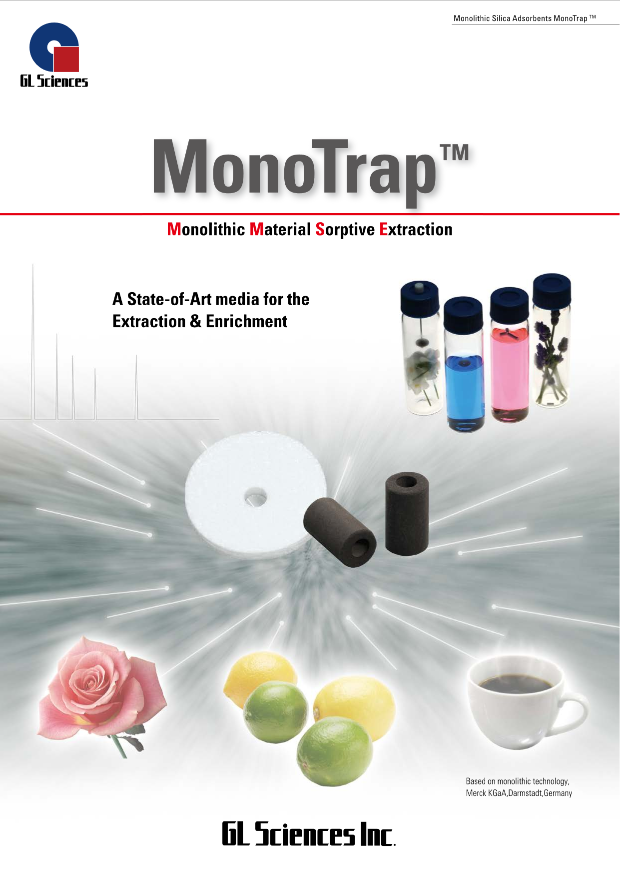
Fragrance Analysis Based on the Japanese Standards for Food Additives (1)
Fragrance Analysis Based on the Japanese Standards for Food Additives (2)
Analysis of 91 Fragrances (1)
Packaging Applications
The Ordinance for Partial Revision of the Enforcement Regulations of the Food Sanitation Law (Ministry of Health, Labour and Welfare, Japan Ordinance No. 163, 2012) and revisions to some of the standards for foods and additives (Ministry of Health, Labour and Welfare, Japan Notification No. 595, 2012) were promulgated, along with the revision of the Enforcement Regulations of the Food Sanitation Law and the standards for foods and additives.
In the partial revision, the alkali melting method was applied to the test of cadmium and lead in rubber equipment or containers and packaging. The study method for cadmium and lead in rubber milk appliances using this test method is also mentioned.
Related Products
Related Applications
Index- LB031
Analysis of Preservatives and Sweetener
Additives - LB099
Analysis of p-Hydroxybenzoic acid n-butyl ester (Under the Condition of Japanese Pharmacopoeia)
Additives - LT192
Analysis of malic acid by HPLC
Additives - LT193
Analysis of glucosamine using a differential index detector
Additives - LT194
Analysis of phthalic acid -Effect of mobile phase pH on retention time-
Additives





